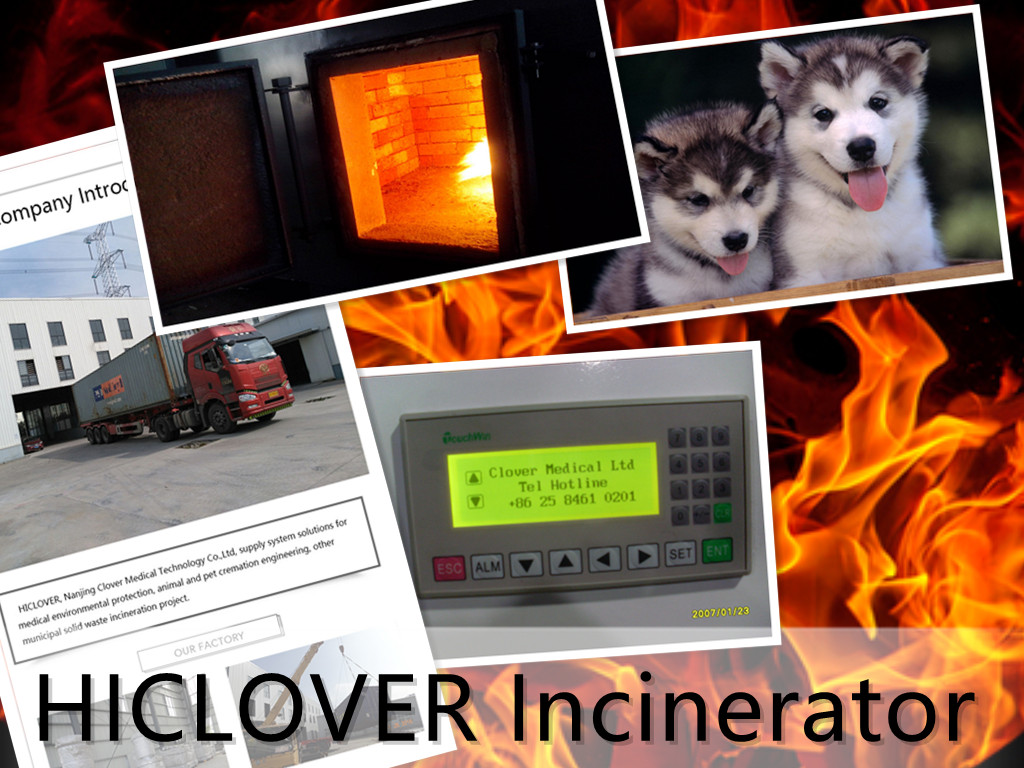In today’s modern world, waste management is a critical issue that needs to be addressed in order to protect the environment and human health. One way to efficiently manage waste is through incineration, a process that involves burning waste at high temperatures to reduce its volume and harness its energy potential. Maximizing the capacity of an incinerator is essential to ensure effective waste management and energy recovery. In this article, we will explore the science behind burning 600kg of waste in a cubic meter incinerator and the steps involved in maximizing its capacity.
The first step in maximizing the capacity of an incinerator is to understand the science behind the process. When waste is burned in an incinerator, it undergoes a complex series of physical and chemical reactions. The heat generated by the burning waste causes it to break down into its basic components, releasing energy in the form of heat and gas. These gases can be recovered and used to generate electricity or heat water, thus turning waste into a valuable resource.
In order to burn 600kg of waste in a cubic meter incinerator, several factors must be taken into consideration. The type of waste being incinerated, its moisture content, and its calorific value all play a role in determining the amount of waste that can be processed in a given volume. Additionally, the design and operating parameters of the incinerator, such as the temperature, residence time, and air flow, must be optimized to ensure efficient and complete combustion of the waste.
Maximizing the capacity of an incinerator also requires proper waste management practices. Segregating and pre-treating waste before incineration can improve the efficiency of the process and ensure that the maximum amount of waste can be processed. Additionally, regular maintenance and cleaning of the incinerator are essential to prevent build-up of ash and other residues that can reduce its capacity.
Furthermore, technology plays a crucial role in maximizing the capacity of an incinerator. Advanced monitoring and control systems can optimize the combustion process and ensure that waste is burned at the ideal conditions for maximum capacity. Additionally, modern incinerators are equipped with pollution control devices that can minimize the emissions of harmful pollutants, such as particulate matter and dioxins, while maximizing the energy recovery potential of the incinerator.
In conclusion, maximizing the capacity of an incinerator involves a combination of scientific understanding, waste management practices, and technological advancements. By optimizing the incineration process and implementing efficient waste management practices, it is possible to maximize the amount of waste that can be burned in a cubic meter incinerator while harnessing its energy potential. This not only facilitates effective waste management but also contributes to sustainable energy production and environmental protection.



